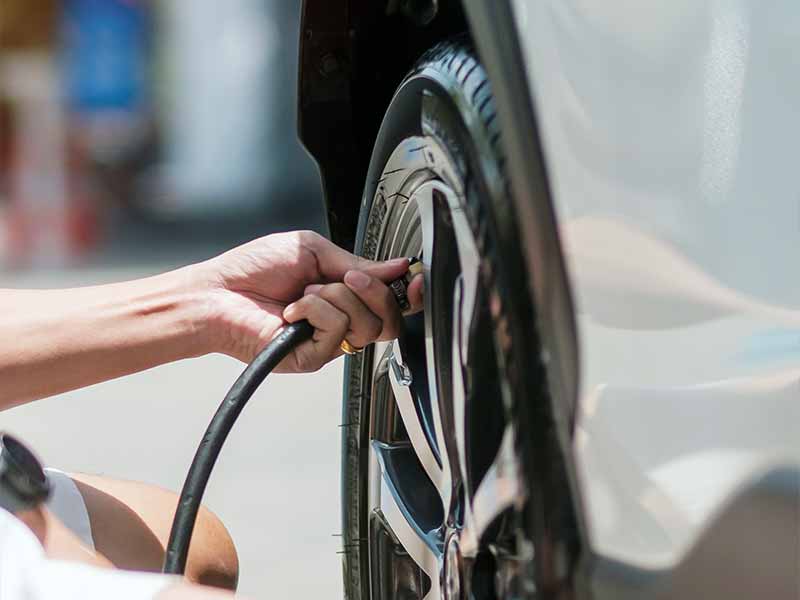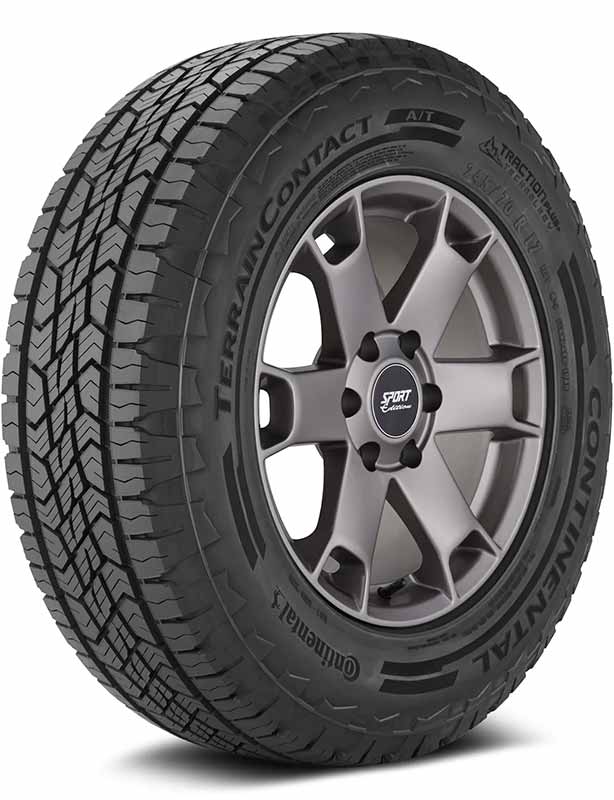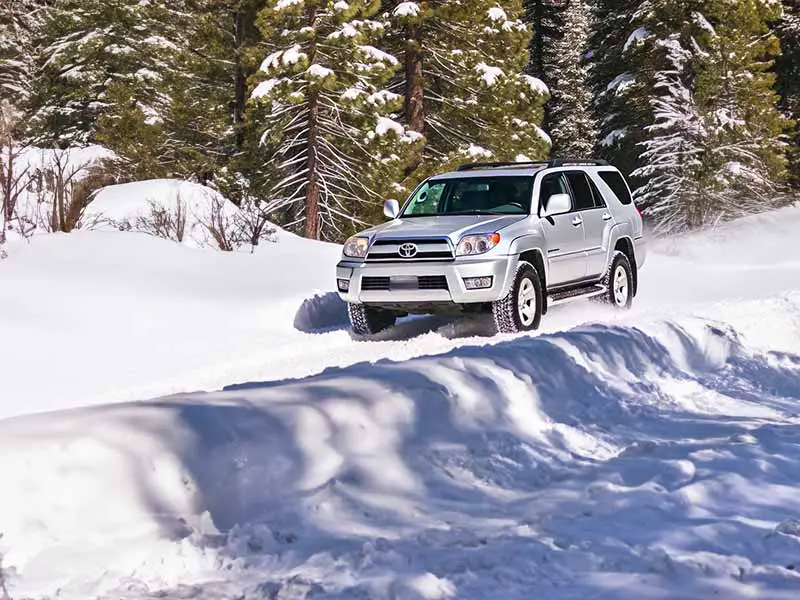The TPMS warning light will be on if one or more tires drops in pressure by 25% or more below the recommended pressure. Sometimes cold weather is enough to trigger the warning light. Other times you could have significantly low tire pressure or even a flat tire.
Why Is My Tire Pressure Light Still On After Filling Tires?
Your tire pressure light is still on after filling your tires because you need to drive a few miles to allow the sensors to read the tire air pressure.
TPMS doesn’t usually update air pressure while parked.
While this is the most common reason for the TPMS warning light to be still lit after filling the tires, it’s not the only reason.
Let’s take a closer look.
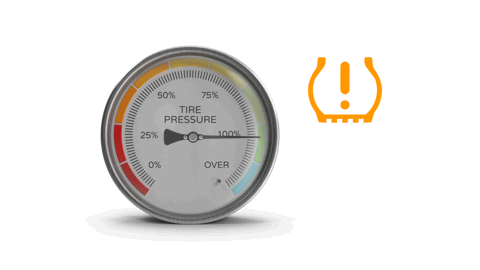
How Long After Filling Tires Does The Light Go Off?
The tire pressure light may not go off immediately after filling the tires. It may take some time for the TPMS sensor to recognize that the tires are properly inflated and for the light to turn off.
In general, it’s recommended to drive your vehicle for at least 10-15 minutes at speeds of 30 mph or higher after filling your tires to allow the TPMS sensor to recalibrate and for the tire pressure light to turn off. If the light remains on after this time, it could be an indication of a problem with the sensor or a leak in the tire.
It’s also important to note that the length of time it takes for the light to turn off can vary depending on the make and model of your vehicle. Some vehicles may have a more sensitive TPMS sensor that will turn off the light more quickly, while others may take longer.
If the tire pressure light remains on after driving for a significant amount of time, it’s important to have your vehicle inspected by a professional mechanic or tire shop to identify and address any underlying issues.
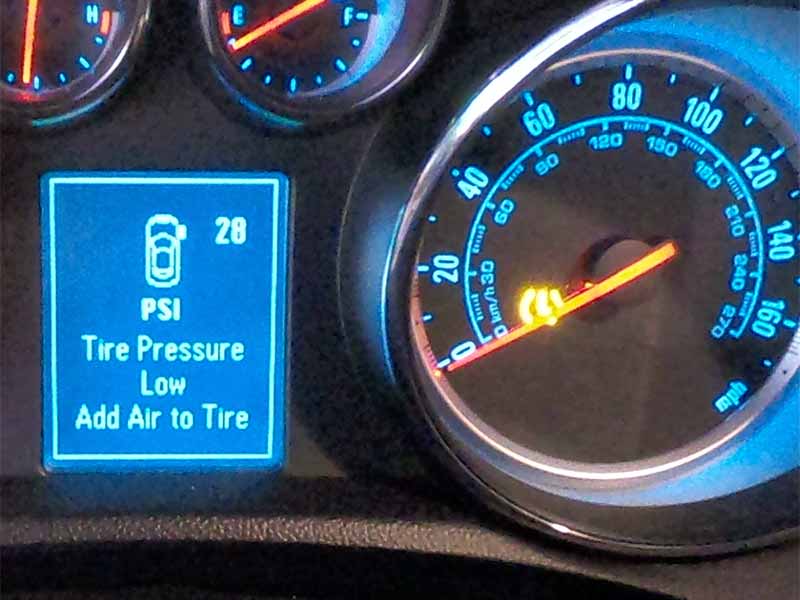
Difference Between Direct And Indirect TPMS
TPMS (Tire Pressure Monitoring System) is a technology designed to alert drivers when their tire pressure is low, potentially indicating a leak or puncture. There are two main types of TPMS: direct and indirect.
Direct TPMS
Direct TPMS is a type of tire pressure monitoring system that uses sensors inside each tire to measure tire pressure directly. These sensors, which are mounted on the valve stem or inside the tire, send tire pressure readings to your car’s computer system, which then displays the information on your dashboard.
Direct TPMS systems are more accurate than indirect TPMS systems, which estimate tire pressure based on factors like wheel speed and other vehicle data. Direct TPMS systems also provide real-time tire pressure readings, which can be helpful for drivers who want to keep a close eye on their tire pressure.
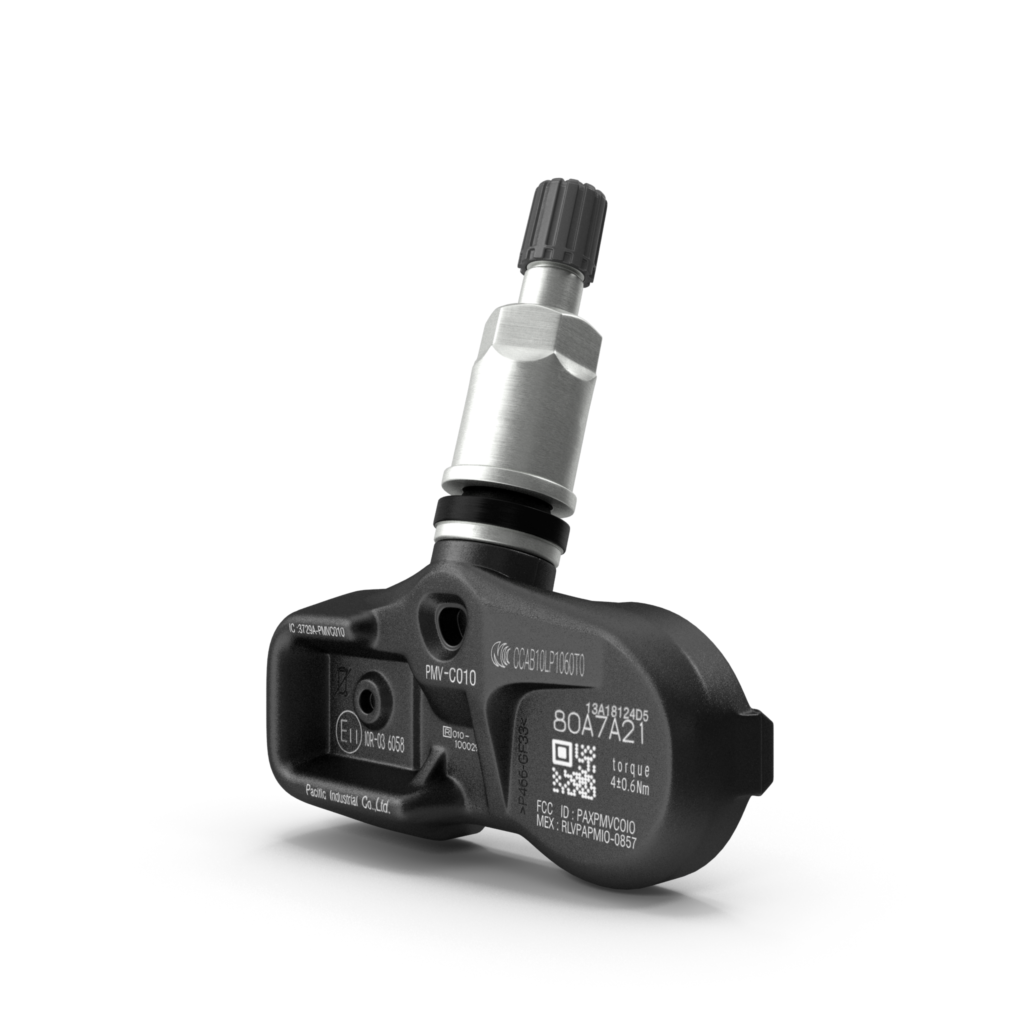
Sleep Mode
Direct TPMS sensors use batteries to transmit tire pressure data to your car’s computer system. To conserve battery life, many Direct TPMS sensors have a sleep mode that activates when the tire is not in use. This sleep mode allows the sensor to conserve battery life and extend its lifespan of the sensor.
When a Direct TPMS sensor goes into sleep mode, it stops transmitting tire pressure data to your car’s computer system. This can cause your TPMS light to come on, as your car’s computer system may interpret the lack of data as a tire pressure problem.
However, there’s no need to worry if your Direct TPMS sensor goes into sleep mode. Simply drive your car for a few minutes, and the sensor should wake up and start transmitting data again. In some cases, you may need to drive at a certain speed or distance to wake up the sensor, so be sure to consult your owner’s manual for guidance.
Battery Life
A downside of Direct TPMS is the sensors can be more expensive to replace and require batteries that eventually need to be replaced. However, the batteries typically last for several years, so this isn’t a frequent maintenance task.
It’s important to make sure that the sensors are functioning correctly and to replace any sensors that are damaged or have dead batteries.
The tire pressure warning light will flash if there’s a problem with the system. The most common reason for a flashing TPMS warning light is a dead or dying battery in one of the TPMS sensors.
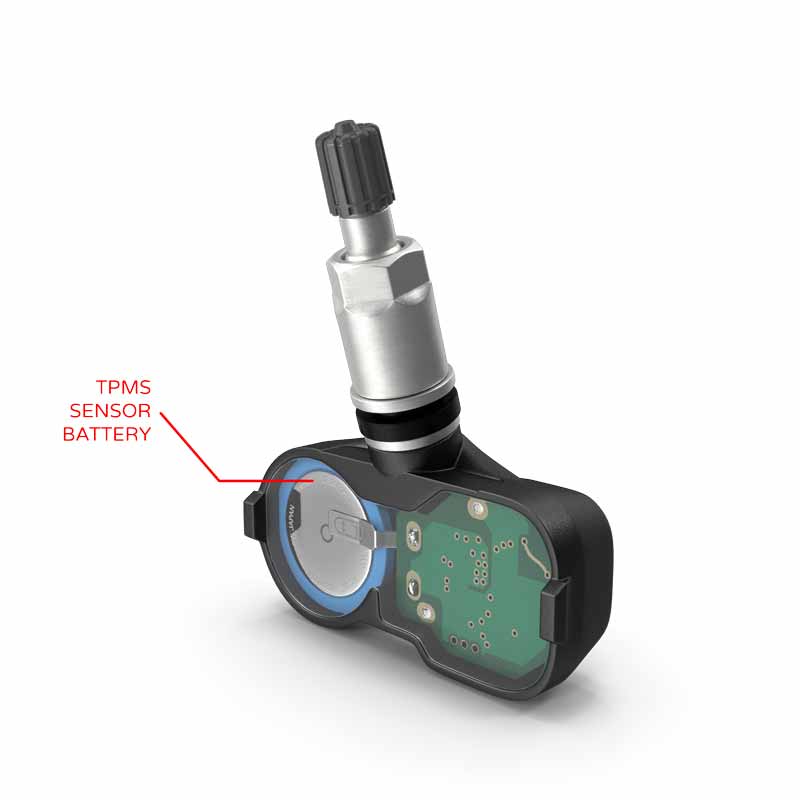
Indirect TPMS
Indirect TPMS uses your car’s anti-lock brake system (ABS) to indirectly estimate tire pressure. The system works by monitoring the speed of each wheel and comparing it to the other wheels on your car. If one wheel spins at a different speed than the others, it may indicate that the tire is underinflated.
Indirect TPMS systems are typically less expensive than Direct TPMS systems, as they don’t require sensors to be mounted inside each tire. They also don’t require regular maintenance, as there are no sensors that need to be replaced.
However, Indirect TPMS systems are generally less accurate than Direct TPMS systems. They can also be affected by changes in tire size or other modifications to your vehicle, which can cause the system to provide inaccurate readings.
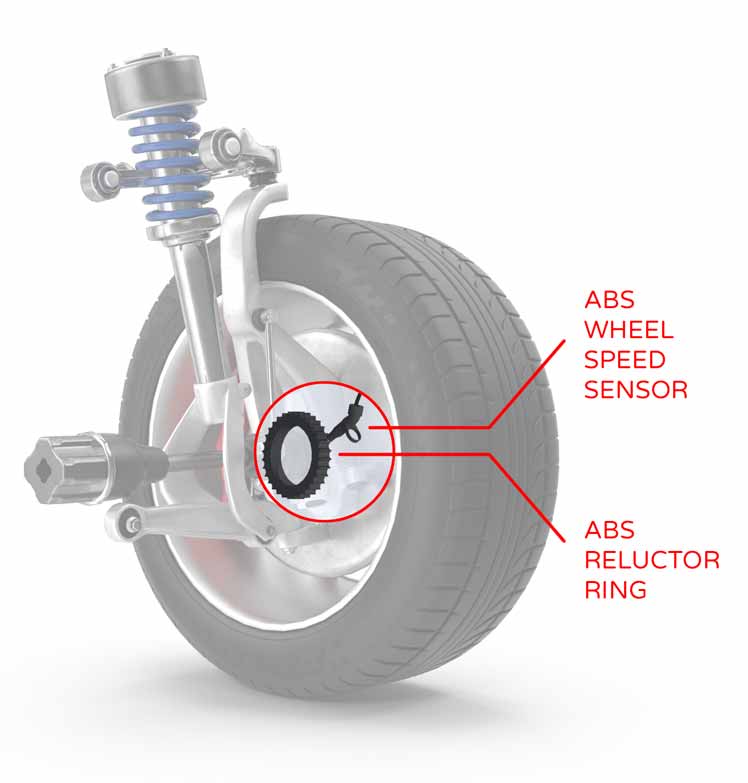
Dead Sensor
Dead batteries and damaged TPMS sensors can cause problems with your TPMS system. Dead batteries can prevent your TPMS sensors from transmitting data to your car’s computer system, while damaged sensors may provide inaccurate readings or no readings at all.
If your TPMS light comes on and stays on, it’s important to check your tire pressure with a tire pressure gauge to ensure that your tires are properly inflated. If your tires are properly inflated, and the TPMS light is still on, it may be a sign of a dead battery or damaged sensor.
If you suspect that your TPMS sensors are not functioning correctly, it’s important to have them checked by a professional mechanic or tire shop. They can use specialized equipment to diagnose the problem and replace any dead batteries or damaged sensors.
It’s also worth noting that TPMS sensors typically have a lifespan of 5-10 years, so if your car is older, it may be time to replace the sensors as part of regular maintenance.
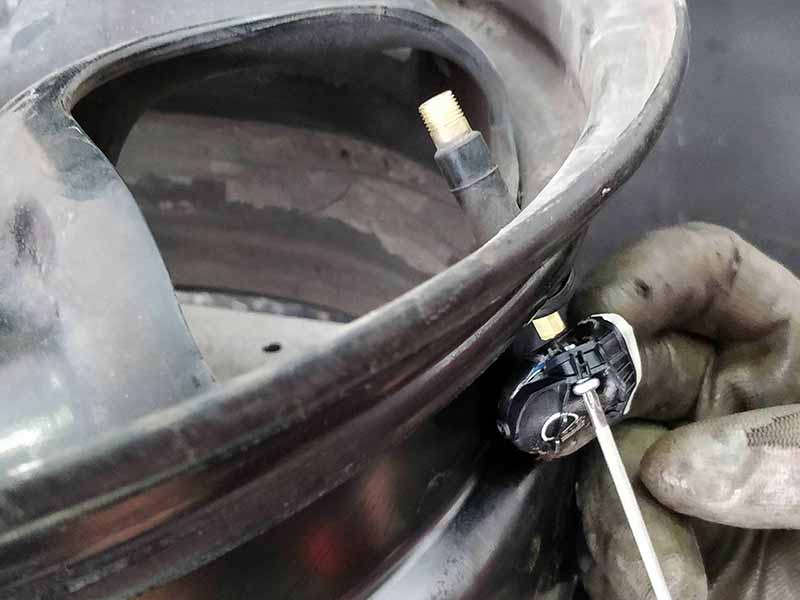
Air Leak
Another common issue is that the tire pressure may still be below the recommended level, even if it has been filled with air. This can happen if the tire is damaged or punctured, causing a slow leak that is not immediately apparent. In this case, you may need to have the tire inspected and repaired or replaced by a professional.
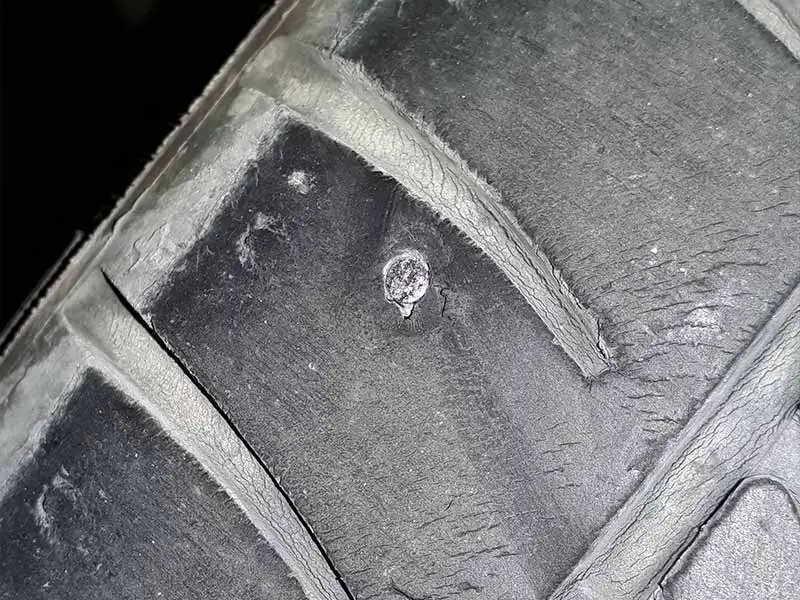
Incorrect Pressure
One of the most common sources of confusion is the difference between the maximum air pressure listed on the sidewall of the tire and the recommended air pressure listed in the owner’s manual or on the sticker inside the driver’s side door jamb. The maximum air pressure listed on the sidewall is the maximum amount of air that the tire can safely handle. In contrast, the recommended air pressure is the amount the car manufacturer recommends for optimal performance and safety.
Another source of confusion is the different units of measurement used to express tire pressure. In the United States, tire pressure is typically measured in pounds per square inch (psi), while in other countries, it may be measured in bar or kilopascals (kPa). This can lead to confusion for drivers traveling internationally or with imported cars.
Finally, drivers may be confused about the impact of temperature on tire pressure. As the temperature drops, tire pressure can decrease, which can lead to underinflated tires. Similarly, as the temperature rises, tire pressure can increase, which can lead to overinflated tires. It’s important for drivers to regularly check their tire pressure with a tire pressure gauge and adjust it as necessary to ensure that their tires are properly inflated.
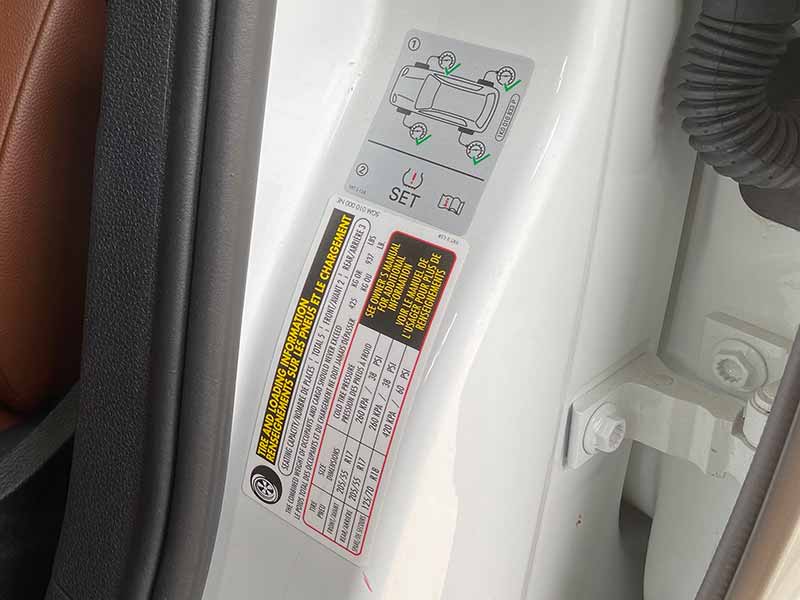
Resources
Below are some links you may find helpful when learning about tires
- TPMS light on? What it means and what you need to do – Bridgestone
- Recommended tire pressure for your tires – Pirelli
Final Thoughts
There are several reasons why your TPMS warning light might still be on after filling your tires to the recommended air pressure. Some of these reasons might include a malfunctioning TPMS sensor, a damaged or dead battery, or a problem with the sensor’s sleep mode.
It’s important to take the time to properly diagnose and address the issue to ensure that your tires are properly inflated, and your vehicle is operating safely.
If you’re unsure how to troubleshoot the problem, don’t hesitate to seek help from a professional mechanic or tire shop. With proper care and attention, you can keep your tires properly inflated and help ensure a smooth and safe driving experience.
Good luck and happy motoring.
